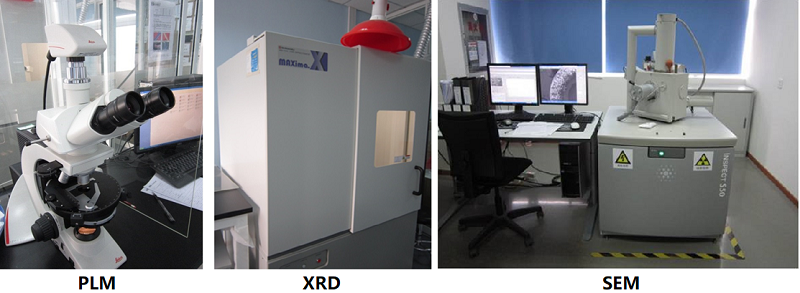Services
Related Pages
Lab Analysis Of Asbestos Bulk Materials

What you need to know about asbestos testing
If you are thinking about commissioning a company to undertake some asbestos testing on board your vessel or on your company premises, then here is some useful information you should know before issuing that order.
Most of the regulations concerning asbestos, especially those relevant to the maritime industry, require that laboratories undertaking asbestos analysis meet the required standards set out under ISO 17025.
In the maritime industry, with the exception of accreditation in the form of ISO 17025, some class societies such as, DNV-GL, LR and CCS also conduct an approval scheme for qualified hazardous material testing service provider.
What asbestos analysis standards should be selected?
Asbestos testing methods vary around the world. Essentially, there are 3 kinds of technique on asbestos detection, namely: Polarized Light Microscopy (PLM), Scanning Electron Microscopy (SEM) and X-Ray Diffraction (XRD). CTI can perform a variety of asbestos detection methods in our laboratories, as listed in the following table:
| Item | Equipment | Method |
| Asbestos | PLM(Recommended) | ISO 22262-1:2012 HSG 248 NIOSH 9002 EPA-600/R-93/116 JIS A 1481-2008 |
| XRD | NIOSH 9000 GB-23263 EPA-600/R-93/116 JIS A 1481-2008 |
|
| SEM-EDS | ISO 22262-1:2012 VDI 3866 PART 5 EPA-600/R-93/116 |
The usual method of asbestos testing is PLM, especially in the maritime industry, primarily due to its cost effectiveness and reliability. It is proven to be highly effective in identifying the range fibre types in asbestos containing material.
Typical Schedule
| Lab Analysis | Turn Around Days | Output |
| Regular | 5-7 days | Asbestos Analysis Report |
| Urgent | 3-5 days | Asbestos Analysis Report |
| 24-hour turnaround | 24hours | Asbestos Analysis Report |
Get in touch
If you have any questions or comments please don't hesitate to contact us
Services
Fuel Testing Solutions Water Compliance Services IHM & Recycling Asbestos Management Solutions NDT&UTMContact Us
192 Pandan Loop,
#05-27 Pantech Business Hub,
Singapore 128381
T +65 6271 8622